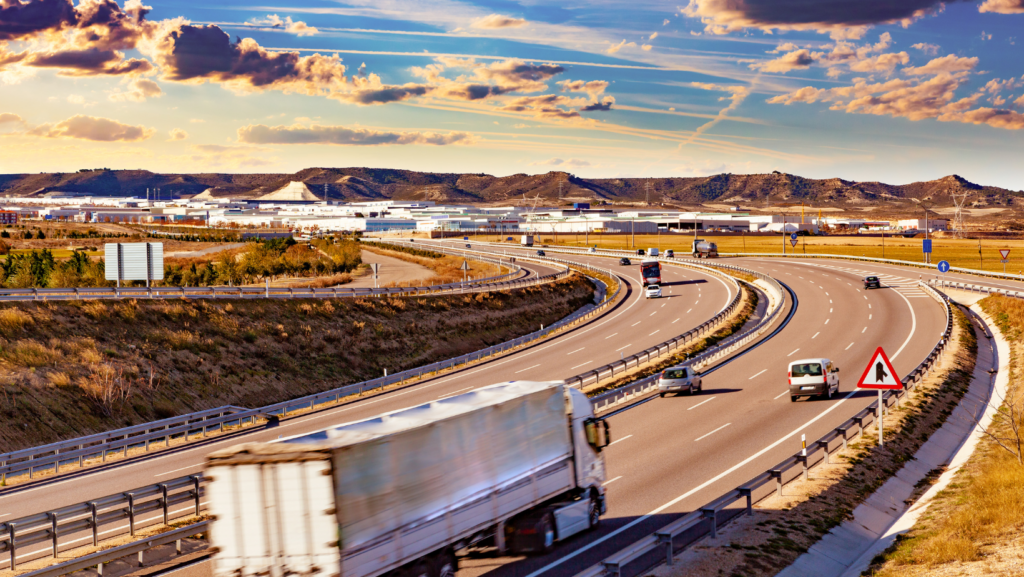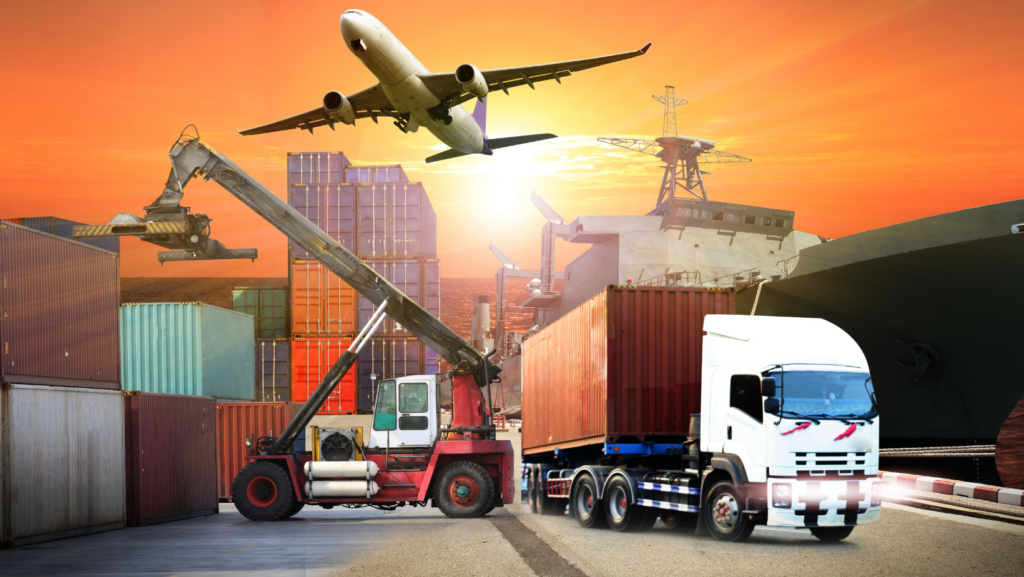Urban logistics is shaping the future of our cities. In an era where e-commerce is booming and city dwellers demand speed and convenience, the way goods are transported and delivered in urban areas is undergoing a significant transformation.
Efficient urban logistics isn’t just about faster deliveries—it’s about creating sustainable, smart cities. It’s a complex puzzle, balancing the needs of businesses, consumers, and the environment. This article will delve into the challenges and opportunities that urban logistics present in today’s fast-paced, digital world.
Urban Logistics

The story of urban logistics spans several decades, marked by milestones that have molded its current form. The transition, starting from the early developments in distribution to the transformative impact of technology, paints a picture of incremental growth and continuous adaptation.
The dawn of the digital revolution marked a significant shift in urban logistics’ trajectory. The advent of the internet, computer systems, and mobile technology provided unprecedented access to information, enabling the development of sophisticated logistic systems.
Data collection and analysis became significant aspects of urban logistics, facilitating real-time tracking, scheduling, optimization of delivery routes, and accurate forecasting. For instance, GPS technology allows companies to effectively track and manage their fleet, reducing delivery times and enhancing customer experience.
Moreover, the rise of e-commerce platforms necessitated robust delivery networks capable of accommodating the surge in online orders. This pushed for the development of innovative and efficient urban logistics solutions, including drone deliveries and autonomous vehicles, to cater to the increasingly digital landscape.
Key Challenges in Urban Logistics
Urban logistics encounter numerous challenges, especially in today’s fast-paced, e-commerce dominated world. Two significant challenges are managing congestion in urban centers and addressing environmental concerns.
Managing Congestion in Urban Centers

Urban logistics often grapple with congested roads in city centers. Heightened traffic levels contribute to slower delivery times, prompting the necessity for innovative strategies. These strategies help in not just decongesting, but also redesigning urban centers. Efficient urban logistics systems integrate real-time traffic data, allowing more accurate delivery windows, better route planning, and less time spent on the road. For example, solutions such as off-peak deliveries could lessen congestion during prime hours, while car-free zones promote alternative modes of transportation.
Environmental Concerns
The environmental impact of urban logistics raises substantial concerns. Traditional fossil-fuel dependent modes of delivery cause significant emissions, contributing to global warming and air pollution. As sustainability becomes an expectation, urban logistics operations, such as those in e-commerce, require green solutions for their supply chain. Turning to electric fleets, for example, reduces carbon emissions, while rethinking packaging strategies diminishes waste. Examples include the use of biodegradable packaging material and compact packaging designs to reduce the overall size of the delivered packages, minimizing material use and emissions. These green solutions not only lessen the environmental impact but also showcase a brand’s commitment to sustainability.
Urban Logistics and Public Policy
As urban logistics scales up, it entwines with public policy. Regulations play an integral part in shaping its landscape, while future policy trends can influence its trajectory.
Regulation and Its Impact

Adherence to regulatory statutes impacts urban logistics in several ways. First, laws control vehicles’ emissions, promoting a cleaner environment. For instance, certain cities have adopted zero-emissions zones where only electric or hybrid vehicles can operate. In such scenarios, delivery companies pursue suitable, sustainable options, boosting their green footprint.
Moreover, laws manage urban logistics by limiting vehicle sizes and weights. Logistics companies hence, must adapt their fleets to meet the regulations.
Future Policy Trends
Future policies, extricated from their nascent stages, bear the potential to transform urban logistics. The trend of tighter emission regulations in cities observes a continued rise, wielding increased pressure on logistics providers to switch to electric or hybrid vehicles. Additionally, regulations encouraging last-mile delivery solutions such as drone delivery or automated mobile lockers have begun making their presence felt.
More Than Faster Deliveries
Urban logistics has come a long way, evolving with the integration of advanced technologies. It’s clear that the future of logistics lies in sustainable operations, powered by alternative fuels and circular supply chains. Policy plays a crucial role in shaping this landscape, with regulations pushing for greener, more efficient solutions.

